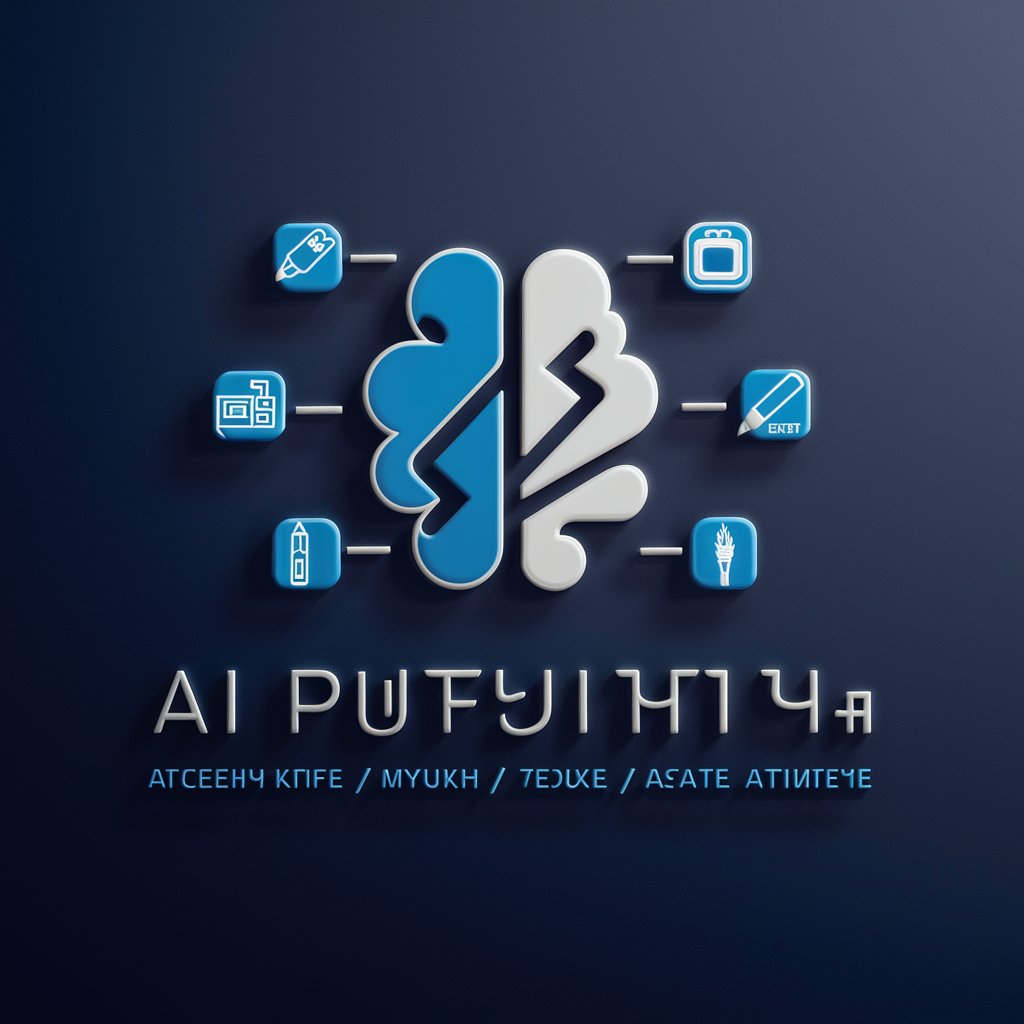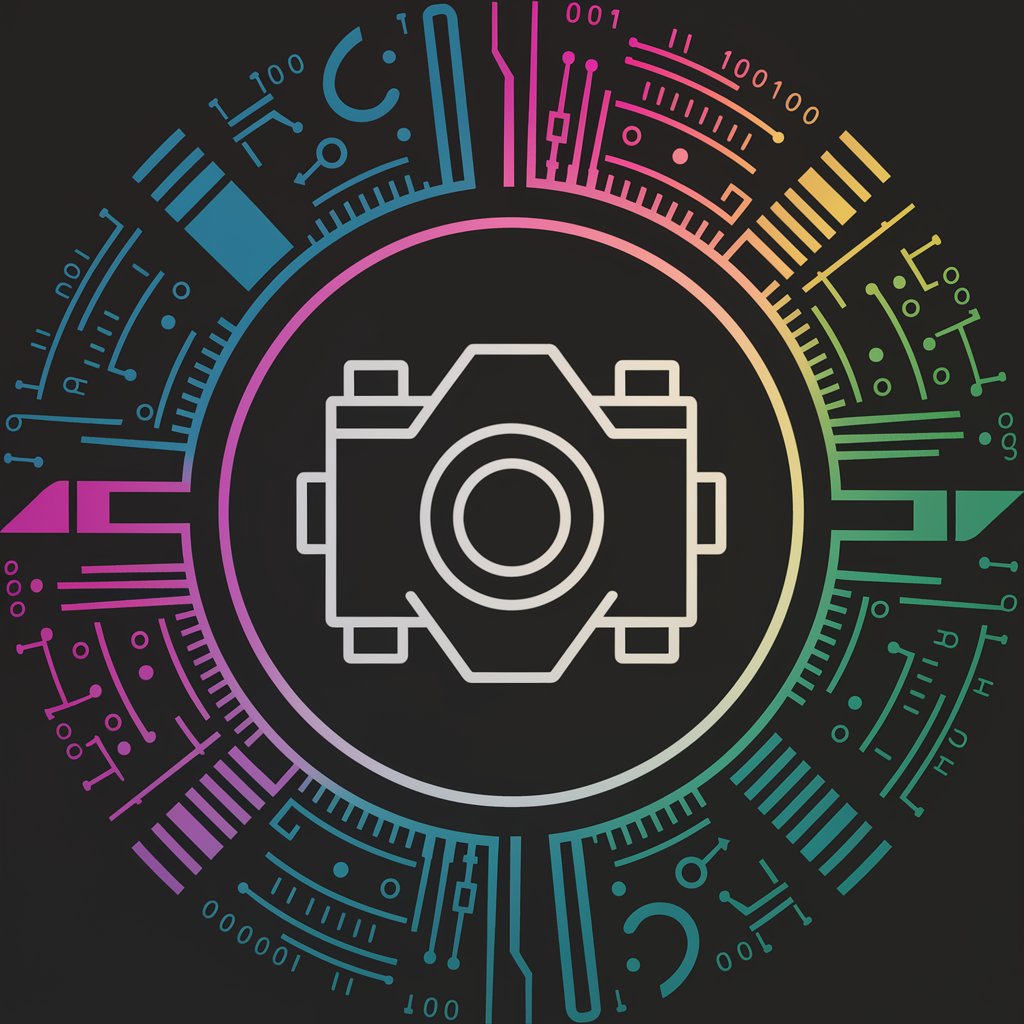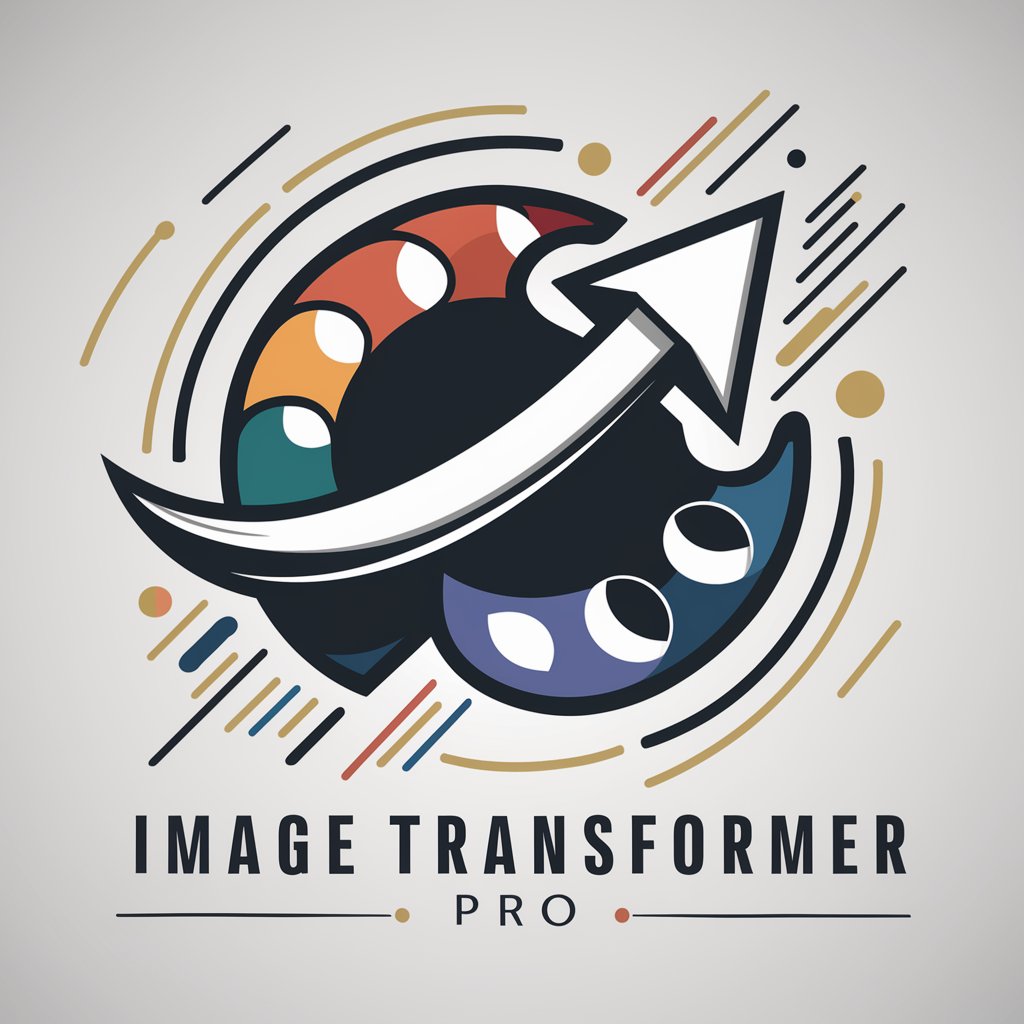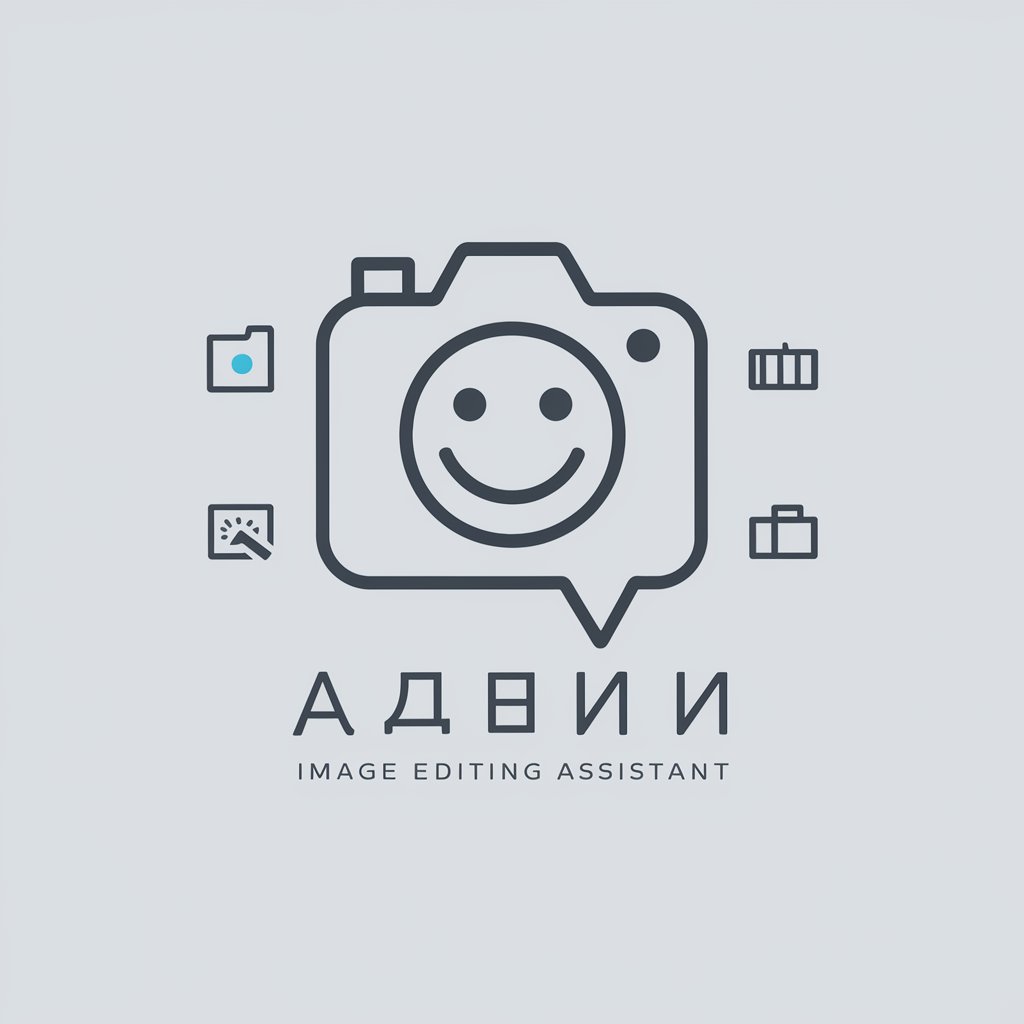9 GPTs for Image Restoration Powered by AI for Free of 2025
AI GPTs for Image Restoration refer to a class of generative pre-trained transformers specifically designed to address and solve challenges within the field of image restoration. These tools leverage the capabilities of AI to analyze, interpret, and repair damaged, corrupted, or low-quality images. By utilizing advanced algorithms and learning from vast datasets, these GPTs provide tailored solutions that can enhance, restore, and reconstruct images, making them invaluable in fields such as digital forensics, archiving, and media production. The role of GPTs in this context is pivotal, as they bring a high level of adaptability and precision to tasks that traditionally required extensive manual effort.
Top 9 GPTs for Image Restoration are: Image Maker GPT,Picture Editor,PhotoChop,IMG TO IMAGE,圖片魔法師【優化+變體】不需 prompt。不學咒語。廢圖變美圖。美圖換風格,Image Enhancer,Vintage Lens,Img2Img,画像編集アシスタント(Image Editing Assistant)
Image Maker GPT
Transforming Visions into Visual Reality

Picture Editor
Craft Your Vision with AI Precision

PhotoChop
Transforming Images with AI Creativity

IMG TO IMAGE
Revolutionize Your Images with AI

圖片魔法師【優化+變體】不需 prompt。不學咒語。廢圖變美圖。美圖換風格
Transform images with AI magic.

Image Enhancer
Enhance Images Effortlessly with AI

Vintage Lens
Reviving the past with AI-powered photography

Img2Img
Empower Your Images with AI

画像編集アシスタント(Image Editing Assistant)
Transform images effortlessly with AI

Key Attributes and Capabilities
AI GPTs for Image Restoration boast a range of unique characteristics and capabilities. These include high adaptability to various types of image degradation, the ability to learn from context for better restoration outcomes, and the capacity for continuous improvement through feedback loops. Special features often encompass advanced noise reduction, detail enhancement, color correction, and the restoration of missing parts of an image. Moreover, these tools can support both automated processing for efficiency and manual adjustments for fine-tuning, catering to a broad spectrum of restoration needs.
Who Benefits from Image Restoration GPTs
The primary beneficiaries of AI GPTs for Image Restoration are diverse, ranging from novices looking to repair old family photos, to developers creating apps that include image restoration features, and professionals in digital archiving, forensic analysis, and media production. These tools are designed to be accessible to users without programming skills, through intuitive interfaces, while also offering robust APIs and customization options for those with a technical background.
Try Our other AI GPTs tools for Free
Documentation Standardization
Explore how AI GPTs revolutionize Documentation Standardization with advanced automation, ensuring high-quality, consistent documents across industries.
코드 개발
Discover how AI GPTs revolutionize code development, simplifying coding tasks, enhancing learning, and offering tailored solutions for developers of all levels.
문제 해결
Discover how AI GPTs for problem-solving are revolutionizing decision-making and productivity with adaptive, context-aware solutions across multiple languages and tasks.
기술 교육
Explore AI GPTs for technical education: innovative tools designed to enhance learning experiences in technology-related subjects, offering personalized, interactive, and up-to-date educational content.
데이터 분석
Explore how AI GPTs transform 데이터 분석 with intuitive natural language processing, predictive analytics, and customizable tools for all user levels.
소프트웨어 최적화
Explore AI GPTs for software optimization to streamline development processes, enhance code quality, and boost productivity with cutting-edge machine learning technology.
Expanding Horizons with GPTs in Image Restoration
AI GPTs for Image Restoration not only revolutionize the way we approach image repair but also offer the potential for integration into broader digital ecosystems. Their ability to learn and adapt makes them increasingly effective over time, while their user-friendly interfaces ensure that advanced image restoration becomes accessible to a wider audience. The versatility of these tools opens up new possibilities for application in various sectors, from historical archiving to contemporary digital content creation.
Frequently Asked Questions
What exactly does AI GPT for Image Restoration do?
It employs AI to enhance, repair, or reconstruct images that are damaged, degraded, or otherwise imperfect, improving their quality and usability.
Can these tools restore any type of image?
While highly versatile, the effectiveness can vary depending on the extent of damage and the specific characteristics of the image. However, they are continuously improving and can handle a wide range of restoration tasks.
Do I need AI knowledge to use these tools?
No, these GPTs are designed with user-friendly interfaces that require no specialized knowledge, making them accessible to a broad audience.
Can developers integrate these tools into their own applications?
Yes, most AI GPTs for Image Restoration offer APIs or SDKs, allowing developers to incorporate the technology into their own software or services.
How do these GPTs learn to restore images?
They are trained on large datasets of images, learning patterns of degradation and methods of restoration, which they then apply to new, unseen images.
Is manual intervention required for image restoration?
While many tasks can be automated, these tools also allow for manual adjustments, offering a balance between efficiency and control.
Are there any privacy concerns with using these tools?
Reputable providers implement strong data protection practices. However, it's important to review their privacy policies to understand how your data is used and protected.
What future developments can we expect in this field?
Future advancements may include more sophisticated algorithms for handling complex restorations, improved user interfaces, and greater integration with other digital tools and platforms.